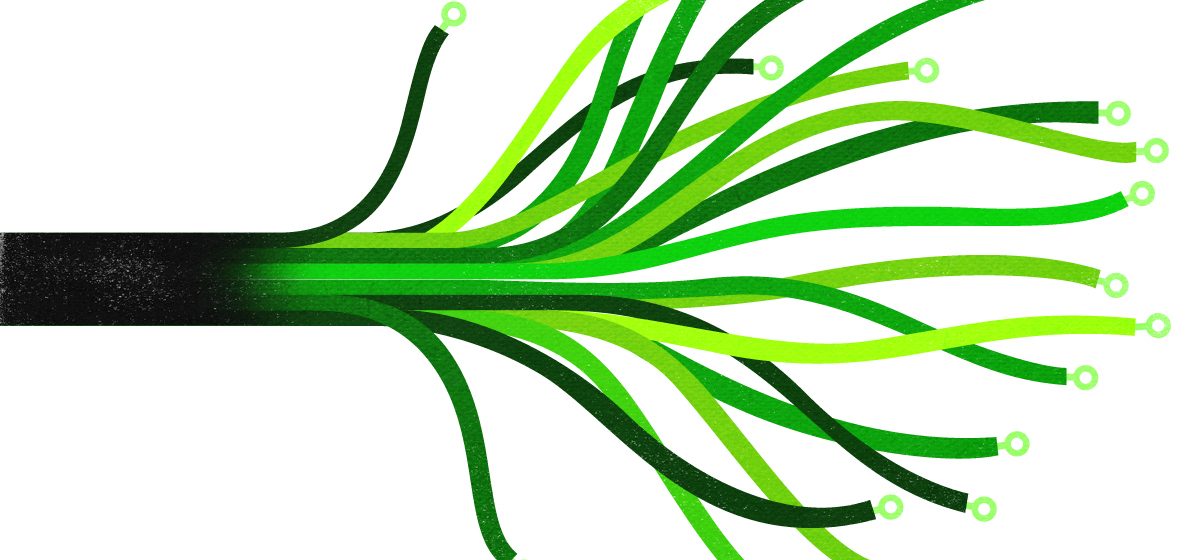Blockchain is an emerging technology that has drawn considerable interest from start-ups, technology developers, financial institutions, governments, and think-tanks. They all identify blockchains as having tremendous potential to bring significant benefits. This technology acts as an electronic ledger and allow transaction to be carried out between parties without interference by third parties like banks.
Energy supply firms are also increasingly looking the potential of blockchain technology. Blockchain has emerged at just the right time. Other revolutions within the energy sector – the decentralization of the electrical systems, the development of autonomous electric vehicles and the gradual deregulation of the energy industry – are opening the door to blockchain. By combining blockchain with new paradigms, new consumption models will emerge and renew the energy system.
Decentralization is at the heart of blockchain. While our contemporary society centralizes information, blockchain is based on the distribution of information and responsibilities among various actors, each participating in the balancing of the system. The current trend in the energy sector is to empower consumers through microgrids – localized grids that can disconnect from the main grid and operate autonomously. They are gaining traction in areas where conventional electrical systems are difficult or impossible to install and where communities would like to regulate their consumption by focusing on local supply or control their source of energy. By enabling the managing the production and distribution of energy in the hands of the consumer, blockchain could be revolutionary.
Blockchain technology will play an important role in decentralizing energy production and delivery. But, to be adopted by the public, blockchain will have to leave the domain of experts and become a non-subject, such as TCP/IP protocol – the system used by different computer systems to connect to the internet. This normalization and democratization of blockchain technology does not only concern energy suppliers but also its users. One of blockchain’s strengths lies in its ability to trace transactions up to their origin. Such traceability that goes hand in hand with consumers demand for more transparency about where and how the energy consumed was produced. Blockchain can offer guarantees as to the origin of energy by monitoring the production in near real time.
For now, what blockchain technology is missing to realize its full potential, is a solid legal and regulatory framework. This must be a prerequisite for the large-scale development of and investment in this technology. At the moment, many open questions are holding back the development of blockchain technology in the energy sector. How will certifications be legally approved? How will responsibilities been shared in a decentralized system and operated by autonomous actors? What will the reward structure for participating look like?
Potential answers could come from utility tokens – a digital account unit that combines and expands on payment systems, loyalty points, actions, and crowdfunding. This unit of account could take the form of kilowatts convertible into goods and services. Thus, it resembles the vision expressed in Jeremy Rifkin’s work on the Third Industrial Revolution: “Thanks to my solar panel, I will earn 2 Bitcoins that I will spend with a local producer of fruits and vegetables.”
Today, blockchain technology still remains an exclusive playground for the energy sector, which tests in-house solutions, and technology enthusiasts marvelling about its potential. But, make no mistake, blockchains will change the way energy is produced, supplied and consumed. It is unlikely that the energy market will look the same in the decades to come. If its potential is properly exploited, blockchain could play a key role in shaping and accelerating the energy transition.






